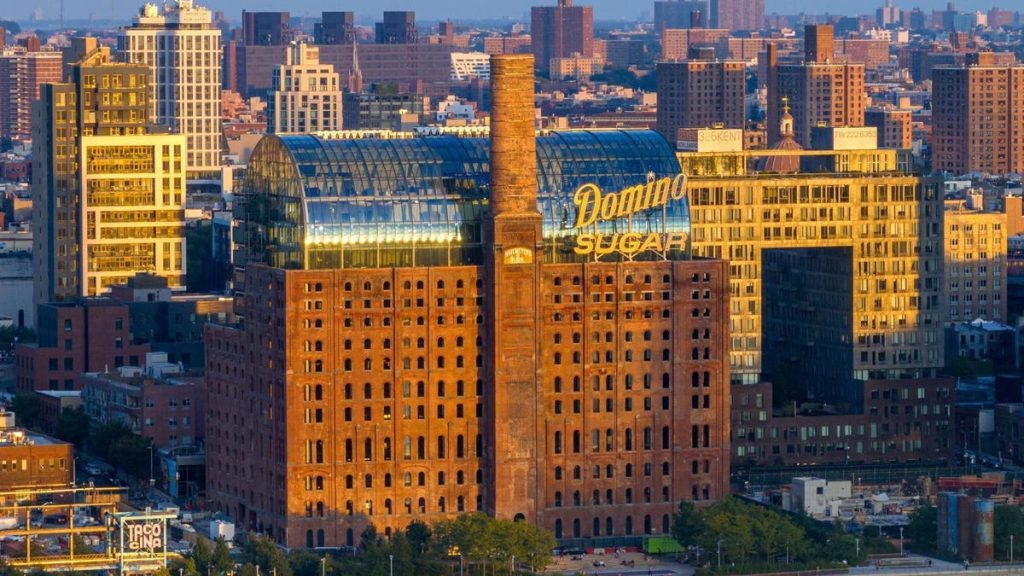All over the U.S., developers, architects, environmentalists, history buffs, employers, renters, homeowners and countless others are coming to one realization. Adaptive reuse holds the power to transform urban environs like few other projects.
The benefits of converting age-old structures to new and different uses are compelling. Adaptive reuse represents a more sustainable means of creating new developments. It is also a method saving developers the cost of razing old buildings. It puts back into productive use older structures that may have stood empty for years or decades. Because structures built before 1950 were built for a much less automobile-dependent society, adaptive reuse projects tend to restore density and encourage walking within the districts where they’re located.
Adaptive reuse also allows urban areas to retain historic character and a sense of place. And for an office tenant or a home buyer, work or home life in a converted building confers a whole different and authentic kind of ambience.
Sweet project
For these reasons and still others, many eyes have been focused on Brooklyn’s Williamsburg waterfront, where a one-time Domino sugar factory has been transformed through adaptive reuse into a new property called The Refinery at Domino. The new, 460,000-square-foot all-electric Class A office building opens today, Sept. 27.
The Refinery at Domino blends the historical charm of the landmarked building with upsides of a new-construction development. Partnering with Practice for Architecture and Urbanism (PAU), Brooklyn-based Two Trees Management produced a glass building within the building’s historic brick façade. Within the building, a large-scale living landscape seamlessly links to the surrounding natural elements and greenery.
“Converting the old factory into an all-electric office building is a key part of Two Trees’ plan for Domino’s mixed-use community,” says Dave Lombino, Two Trees’ managing director, external affairs. “Our careful revitalization of the former Domino Sugar Factory into a Class A office space enabled us to create a sustainable workplace of the future, while paying homage to New York City’s rich history.”
Other examples
The Refinery at Domino takes its place alongside some of the nation’s highest-profile adaptive reuse projects. In Detroit, the old Michigan Central Station is primed to reopen its doors in 2024 for the first time in more than three decades.
The 30-acre site will offer stores, cultural programming and a public space where locals and international visitors can congregate for special events. Already reopened on the campus is a 1936 Albert Kahn-designed Art Deco landmark that served in different eras as a post office and later a book depository, and now has been repurposed as a 270,000-square-foot workspace and innovation center.
In Los Angeles, a revitalization of the 60-year-old California Mart — once the center for the city’s fashion business – has yielded California Market Center (CMC). Spanning a full city block in L.A.’s fashion district, the 1.8 million-square-foot CMC is a new kind of office center, designed to be a place where the city’s emerging technology, media, entertainment and fashion industries intersect.
Iconic landmark
The Refinery’s transition was built upon a trio of design thrusts, Vishaan Chakrabarti, founder and creative director for PAU, says.
The first was inserting a contemporary building in the sleeve of the historic structure. The second involved creating a glass barrel vault form paying homage to the American Round Arch style of the original. A third required opening the ground floor to the park and the surrounding neighborhood of Williamsburg, Brooklyn.
“This approach has created an iconic landmark for the 21st Century, offering users natural light, luscious greenery, waterfront views and a contemporary dialogue with history that most new commercial projects lack,” he says. “Although conceived before the pandemic, the Refinery represents a future of work that offers a unique rootedness in place, and community that is invaluable going forward.”
Read the full article here



